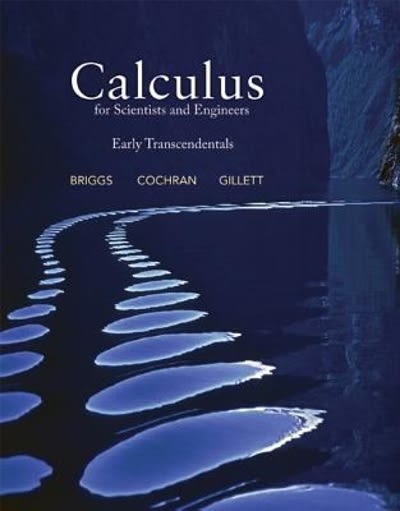1. (50 pta.) The data set entitled 'Sa. non' contains 40 annual counts of the mu.abers of recruits and spawners in a salmon population. The units are thousands of fish. Recruits are fish that enter the ratchapie population. Spawners are fish that are layin, es Spa . ners die after la, ing ends. The classic Beaverton Holt mod a for the relationship between spawners and recruits is K - where R and :" are the mumbers of recruits and spawners respectively. This model may be fit using linear repression with the transfor .Led variables , and y. No./ consider the problem: of maintaining a sustainable fishery. The total population abundance will only stabili e if If = 3. The: total population will decline ii fewer recruits are produced than the number of spawners who died producing then. of too many recruits are produced, the population will also decline eventually because there is not enough food for them all. Thus, only some middle level of recruits can be sustained ind. .finitely in a stable population. This stable population level is the point shere the 4 -de, ree line intersects the curve relating, R and 5. (ay - it the Bevearton-Holt model and find a point estimate for the stabl. population le. al where R = S. "se the bootstrap to obtain a corresponding, 95/ confidence interval and a standard error (estimated variance) for your estimate, from two methods bootstrapping the residuals and bootstrapping the cas. a. Histogram each bootstrap distribution, and comment on the differences in your results. (b) Lo you believe there is any bias in your .stimate: Lefend your answer using the bootstrap. 2. (30 pta.) Generat.. 100 samples Al, As,- , X.. from a normal population N(0, 1). with 0 = 1. (a) For each sample compute the bootstrap and jackknife estimate for variance for 0 = X and compute the mean and standard deviation of these variance estimates over the 100 samples. (b) Rep.at (a) for the statistic o = X , and compare the results. Give an explanation for your findings 3. (20 pts.) Find the number of bootstraps necessary to accurately calculate a 95% confidence interval in the difference of two population means. That is, simulate n .alues of X, where X, " N(m-of) and m values of Y, where Y -. N(_,(") and calculate a 95% confidence interval in /, - /2. Now calculate a 95% confidence interval for / - pig using the bootstrap techniques Larned in this module. How large does 3 have to be until you accurately and dependably reproduce the confidence interval you originally calculated







